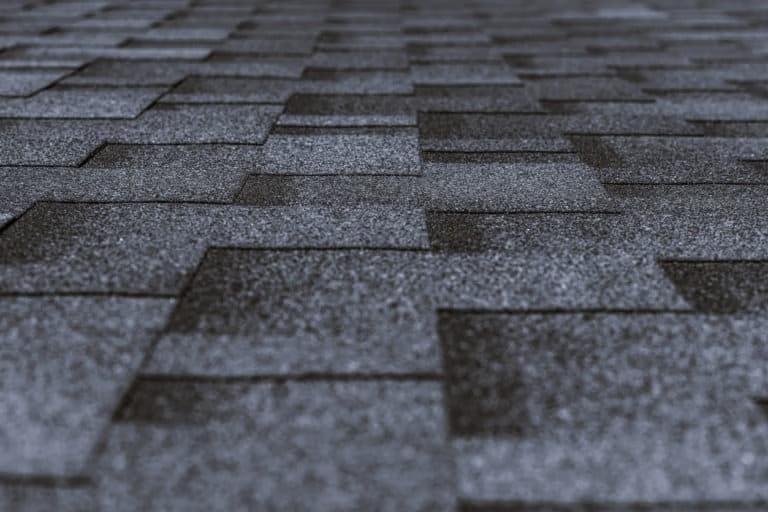In the interdisciplinary study of residential architecture and meteorology, understanding the impact of hailstorms on roofs is crucial. These natural occurrences, which release ice pellets in sizes ranging from small to large, can cause significant structural damage to homes. This document serves as an educational guide, elaborately detailing the identification and assessment of hail damage on different roofing materials. Enhanced with visual aids and systematic methodologies, it aims to educate homeowners about the nuances of hail damage, equipping them with essential knowledge for effective recognition and management.
Understanding the Mechanics of Hail Impact
In the realm of meteorology, hail presents a unique challenge to residential homes. The extent of damage it can cause is dependent on several variables: the size and density of the hailstones, wind speed, and the specific characteristics of roofing materials. A thorough understanding of these factors is essential for homeowners, enabling them to better anticipate and mitigate the effects of hail on their properties.
Educational Guide to Identifying Hail Damage
After a hailstorm, homeowners often face the challenge of determining the extent of roof damage. This process requires keen observational skills andknowledge of hail damage indicators. Typical signs of damage include indentations on shingles, the exposure of underlying substrates due to granule loss, cracks in roofing tiles, and dents on metal surfaces. This guide is designed to educate homeowners on these indicators, enhancing their ability to conduct a comprehensive and accurate damage assessment.
Differential Hail Damage on Various Roofing Materials
Different roofing materials exhibit varied responses to hail impact. For example, asphalt shingles may show signs of granule loss and dark spots, whereasmetal roofs could display dents. Tile roofs, on the other hand, might exhibit cracks or more subtle signs like chipping. Understanding these material-specific responses is key to conducting a precise evaluation of hail damage.
The Importance of Timely Damage Detection
Educating homeowners on the urgency of detecting hail damage swiftly is of paramount importance. Delayed identification can lead to more serious issues, such as leaks, interior water damage, mold growth, and weakened structural integrity. Furthermore, it can significantly reduce the lifespan of the roof, resulting in costly repairs or even replacements.
Navigating DIY Inspections and Professional Evaluations
This guide offers insights into how homeowners can perform initial inspections and understand when the expertise of a professional is necessary. It underscores the importance of recognizing the limitations of DIY evaluations to ensure thorough damage identification and appropriate repair measures.
Documenting Hail Damage for Insurance Claims
In cases of hail damage, detailed documentation is crucial for insurance purposes. This section of the guide provides strategies for effective documentation, focusing on the importance of clear photographs and detailed notes. Such thorough documentation is essential for a smooth insurance claim process and for ensuring that homeowners receive adequate compensation for repairs.
Basics of Hail Damage
What Constitutes Hail Damage? Hail damage can vary significantly depending on the hail size, wind speed, and roof material. Common signs include dents, cracks, and missing granules on shingles.
Common Misconceptions Many homeowners mistake blistering or aging signs on roofs for hail damage. Understanding the difference is key to proper identification.
Identifying Hail Damage on Various Roof Types
Asphalt Shingles: Key Indicators Look for loss of granules, exposed roof felt, or any visible cracking.
Metal Roofs: Signs of Impact Metal roofs may show circular dents or distinct impact marks post a hailstorm.
Tile Roofs: Vulnerabilities and Damage Patterns Tiles can crack or break, but sometimes the damage may be more subtle, like small pockmarks or chips.
Step-by-Step Guide to Roof Hail Damage Inspection
Preparation and Safety Considerations Ensure you have the right safety gear and equipment before inspecting your roof.
Systematic Inspection Techniques Start from the roof’s edge and work inward, looking for signs of hail impact.
Documenting the Damage for Insurance Claims Take clear photos and notes of all damage for potential insurance claims.
Using Images to Detect Hail Damage
Visual Guides and Comparative Analysis Use side-by-side comparisons with undamaged areas to assess the extent of the damage.
Professional vs. DIY Hail Damage Assessment
When to Call a Professional If you’re unsure about the damage’s extent or safety concerns arise, seek professional help.
Understanding the Severity of Hail Damage
Minor vs. Major Damage: How to Tell the Difference Minor damage may be cosmetic, but major damage can compromise the roof’s integrity.
Hail Damage Repair: Immediate Steps
Emergency Measures to Protect Your Roof Temporary fixes like tarping can prevent further damage before repairs.
Finding Reliable Roof Repair Services Research local services with experience in hail damage repair.
Insurance and Hail Damage Claims
Navigating the Insurance Claim Process Understand your policy and document everything for a successful claim.
Preventive Measures for Future Hailstorms
Strengthening Your Roof Against Hail Invest in hail-resistant roofing materials for long-term protection.
Common FAQs on Hail Damage
Tackling frequent questions about hail damage identification and repair.
Conclusion
Timely identification of hail damage is imperative for maintaining your home’s safety and structural integrity. With the right knowledge and approach, you can effectively manage and repair hail damage, ensuring your home remains a safe haven.






